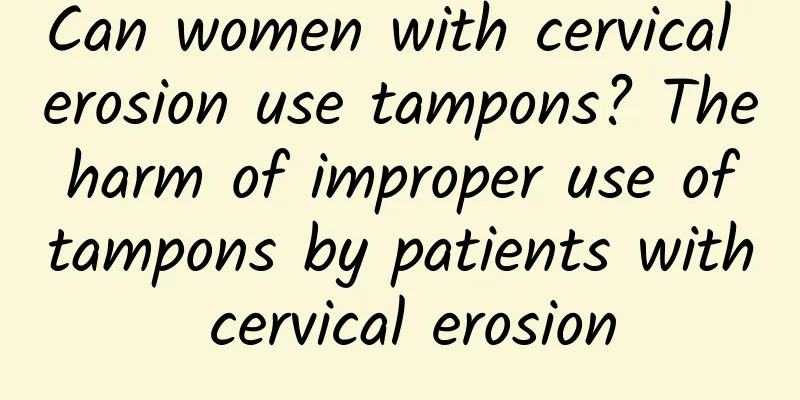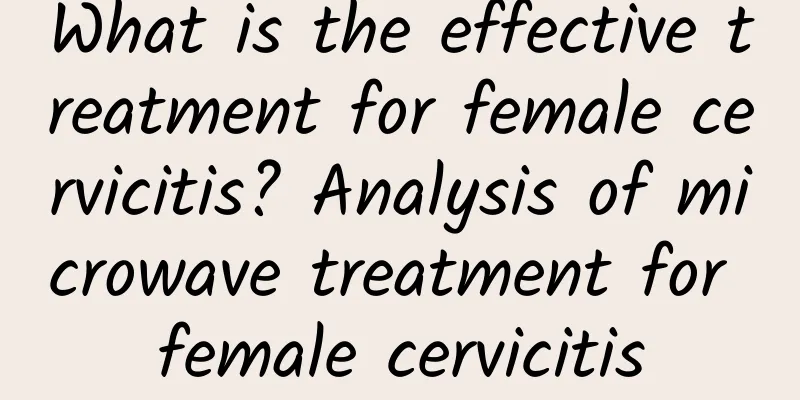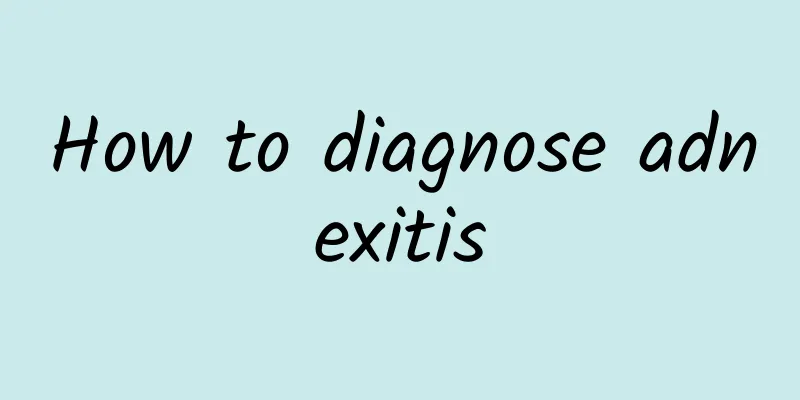Handsome people are full of probiotics, ugly people are full of bacteria! 5 tips for taking probiotics

|
"Probiotics make handsome people, while bacteria make ugly people ugly!", "Congestion means a lot of worries". When it comes to probiotics, many people know that taking probiotics can help promote intestinal health, reduce diarrhea or constipation, make the skin look better, and that probiotics can relieve asthma, allergies, etc. According to new foreign research, probiotics can promote bone health. Nutritionists remind us that there are five tips to pay attention to when taking probiotics to avoid wasting time. Where do probiotics come from? Processed dairy products, such as yogurt, lactic acid drinks, kimchi, miso and other fermented foods, all contain probiotics that are beneficial to the intestines. Studies have confirmed that the benefits of probiotics to the human body include maintaining intestinal health, improving diarrhea, constipation, anti-allergy, and increasing immunity. They also help reduce cholesterol and the incidence of colorectal cancer. It even helps with weight loss and the prevention of metabolic syndrome. New discovery: Probiotics can protect bones However, the effects of probiotics go beyond this. Newer studies have found that probiotics can also protect bones. Nutritionist Huang Xiaotong said that studies have shown that vitamin K (a fat-soluble vitamin) plays an important role in regulating bone calcification, preventing postmenopausal women from suffering from osteoporosis and reducing the risk of fractures. Vitamin K and vitamin D work together to maintain bone health, repair damaged bone cells, and strengthen bones. Probiotics can synthesize vitamin K for human use, which can effectively increase bone density and bone strength, reduce bone loss, thereby promoting bone health and preventing osteoporosis. In addition, human studies have also found that probiotics promote bone health. A study published in the Curr Osteoporos Rep. Current Osteoporosis Report (December 2015) showed that the use of probiotics can help improve bone density in postmenopausal women. In addition, a report in J Bone Miner Res. 2016 Sep also pointed out that the human intestinal microorganisms affect many chronic conditions, including obesity, diabetes and inflammatory bowel disease, which are all related to bone mass and bone quality. 【5 tips for taking probiotics】: When taking probiotics, there are 5 tips to pay attention to: 1. Since probiotics are easily affected by temperature, moisture, light and oxygen, which can affect their vitality, especially high temperatures, it is recommended that they be stored in a refrigerator in the summer, and at room temperature in cooler weather to achieve the same preservation effect. 2. When taking probiotics, it is best to use warm or cold water. Too high a temperature will destroy the probiotics. 3. Avoid taking probiotics together with antibiotics. There should be a 3 to 4 hour interval between the two. This is because antibiotics not only eliminate harmful bacteria, but also kill beneficial bacteria, which can easily lead to an imbalance in intestinal bacteria. 4. It is recommended to supplement with beneficial bacteria 2 hours before going to bed and after meals for better results. Because people usually don't eat before going to bed, gastrointestinal motility will slow down and gastric acid secretion will be reduced, which is beneficial to the reproduction and survival rate of beneficial bacteria. As for replenishing beneficial bacteria after a meal, it is best to wait 2 hours before doing so, because the diversity of food and seasonings in meals will affect the ecological balance of intestinal flora. Therefore, supplementing probiotics after meals can help create a good environment in the intestines through the absorption of different strains of bacteria. 5. The effect will be improved when probiotics are used together. Prebiotics can provide energy for the growth and proliferation of probiotics, thereby improving the function of probiotics. Correctly protect your bones by eating these 7 types of food Nutritionist Huang Xiaotong said that proper bone protection should start with daily diet. Here are 7 types of food to pay attention to when taking: 1. Milk is a good source of calcium. Drinking 2 cups a day can achieve the effect of preventive health care. People with lactose intolerance can choose yogurt, fermented milk, or lactose-free formula milk as alternatives. 2. Eat more foods rich in calcium, such as dried fish, sardines, milk, dairy products, cheese, green vegetables, kelp, kelp, seaweed, amaranth, soybeans and their products, black sesame, etc. 3. In addition to being rich in calcium, soybeans also contain isoflavones, which can help with calcium absorption and utilization, and are very helpful for postmenopausal women to reduce bone loss. Soy milk, tofu, dried tofu, tofu skin, and tofu pudding are all good food sources. 4. Vitamin D can promote calcium absorption and help the normal development of bones and teeth. Foods rich in vitamin D include: cod liver oil, liver, beef, egg yolks, dairy products, and fish. In addition, proper sun exposure can also increase the synthesis of vitamin D in the body and help calcium absorption. 5. Supplement more vitamin C, such as: guava, citrus, kiwi, strawberry, tomato, green pepper and potato, which can promote collagen synthesis, protect joints and maintain bone stability. 6. Vitamin K (fat-soluble vitamin) plays an important role in regulating bone calcification and should be supplemented. The human intestinal cells can synthesize it by themselves, and it can also be obtained from green vegetables, beans, soybean oil, olive oil or probiotics. 7. Drink less strong tea, coffee and carbonated drinks. Protect bones: pay attention to examination + weight-bearing exercise In addition, bone density tests are required regularly to protect bones. Women who have undergone menopause or oophorectomy can consult their obstetricians and gynecologists about hormone supplementation to prevent osteoporosis. symptoms, and it is recommended to get 15 to 30 minutes of sun exposure every day. Exercise is essential to protecting bones. It is recommended to exercise 3 to 5 times a week, each time for at least 30 minutes. In addition to increasing spinal bone density, weight-bearing exercise can also protect bones and maintain elasticity and balance. Weight-bearing exercise includes: walking, jogging, climbing stairs, swimming, dancing, weightlifting, etc., while Tai Chi, cycling, and swimming can help enhance the flexibility of the body's bones and improve the sense of balance. It is important to note that exercise should not be excessive and more attention should be paid to preventing falls. |
<<: Drinking tea can help you lose weight. Wu Mingzhu recommends this fat-burning tea...
Recommend
Can exercise slow the incidence of cardiovascular disease? Study: Doing enough push-ups may reduce your risk of heart disease
Cardiovascular disease is a silent killer! Cardio...
Pelvic inflammatory disease in women is mainly caused by infection
In our lives, everyone should know about pelvic i...
Can women with cervical erosion eat donkey-hide gelatin? Dietary taboos for women with cervical erosion
Some women will have many gynecological diseases ...
Understand the main symptoms of uterine fibroids
Do you know what the symptoms of uterine fibroids...
Ectopic pregnancy may be life-threatening
If an ectopic pregnancy is not treated in time, t...
How to judge whether cervical warts are cured
Clinically, we believe that cervical warts are a ...
Cervical erosion can affect women's fertility
When it comes to gynecological diseases, many mar...
Introduction to six common symptoms of uterine fibroids
Uterine fibroids are a common tumor that grows in...
Not all menstrual cramps can be cured by just enduring them!
As for dysmenorrhea, only women can understand th...
Abnormal leucorrhea can cause these harms? What is normal leucorrhea?
In addition to menstruation, women's best fri...
How to differentiate complete abortion
Many situations may lead to miscarriage, but misc...
Approximate hospitalization costs for excision of cervical precancerous lesions
Cervical cancer, when people hear these words, th...
What is the B-ultrasound for uterine fibroids? Do I need to fast for B-ultrasound for uterine fibroids?
What is the B-ultrasound for checking uterine fib...
What kind of surgery is needed for uterine fibroids? How big is the uterine fibroid that requires surgery?
What surgery is needed for uterine fibroids Uteri...
Can pears help you lose weight? Nutritionist's modified version makes you slimmer
The summer heat is unbearable. With a loss of app...









